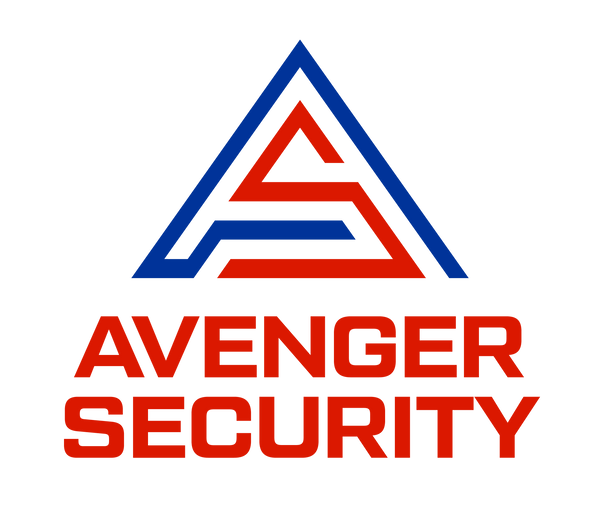
How to Connect 120-Volt Interconnected Smoke Alarms to a Security System (Kidde SM120X)
Interconnected 120-volt AC smoke alarms (common in homes) can signal a professionally monitored security system when paired with a listed relay interface. This lets a local alarm network trigger a central-station fire dispatch event—without replacing the existing household smoke alarms.
Why Use a Relay Module?
Household 120-V alarms are designed to alert inside the home and interconnect with each other. A relay interface converts that “alarm” interconnect into a dry contact that a security panel can read on a supervised 24-hour fire zone.
Kidde SM120X (Relay Power Supply Module)
- Purpose: Interfaces a 120-V interconnected smoke circuit to a low-voltage panel input.
- Output: Dry relay contacts for connection to a fire/aux input on the security panel (see your panel manual for zone type and supervision).
- Use Case: When any interconnected alarm trips, the relay closes/opens to signal the monitoring panel.
How the Integration Works (Concept)
- Interconnect line: Your 120-V smoke alarms are tied together so one alarm activates all.
- Relay module: A listed module (e.g., Kidde SM120X) listens to that interconnect and changes a dry contact on alarm.
- Panel zone: The relay’s dry contact lands on a panel input configured as a 24-hour fire/auxiliary zone with the correct end-of-line resistor per the panel manual.
- Monitoring: When the contact changes state, the panel sends a fire alarm signal to the central station for local fire department dispatch.
Important Safety & Code Notes
- Not a substitute for code design: This does not convert household alarms into a commercial fire system. Follow NFPA 72, the panel manufacturer’s instructions, and the Authority Having Jurisdiction (AHJ).
- Listed parts only: Use a manufacturer-listed relay interface compatible with your alarms.
- Qualified install: 120-V work should be performed by a licensed electrician; panel wiring by a licensed security/fire alarm contractor.
- Supervision: Program the zone type and EOL resistor exactly as specified to avoid false alarms or missed signals.
- Testing: Test monthly with the panel online to monitoring; document results.
When to Consider Dedicated System Detectors
For larger homes or mixed-use buildings, system-connected smoke/heat detectors powered and supervised by the security/fire panel may be the better design. We can evaluate whether a relay interface or system detectors fit your site and AHJ requirements.
Get Help
Want a compliant, reliable integration? We design and install monitored solutions and can interface your 120-V smoke network using a listed relay module such as the Kidde SM120X. Request a site visit or learn more about our Fire & Life Safety services.
